Donald Trump and Vladimir Putin have very different negotiating styles. Trump lines up his offer in advance, browbeating everyone on his side into compliance before slapping his bottom line on the table. Putin, by contrast, is a haggler. He loads his proposals with excess demands that he intends to discard during the negotiation process to get to a final deal. Put simply, what Putin says he wants and what he realistically expects to get are two different things.
At first glance, Russia’s initial response to US proposals for a 30-day ceasefire in Ukraine includes several major deal-breakers that Ukraine could never accept. Most notably, the Kremlin demands international recognition that Ukraine’s Crimea, Donetsk, Luhansk, Zaporizhzhia and Kherson provinces are now part of Russia. Since Russia doesn’t actually control all of the latter four regions — including the provincial capitals of Zaporizhzhia and Kherson — Moscow is essentially demanding that Kyiv cede even more land than it has already lost.
Ukraine voluntarily handing over even more territory to Putin is an obvious nonstarter and the easiest of the Kremlin’s demands to discard. But the formal recognition of a de jure redrawing of Ukraine’s international borders is almost as inconceivable. While many Ukrainians acknowledge that the occupied territories may never be returned, officially partitioning the nation’s borders would be an unacceptable humiliation. It’s also, as a matter of international law, not something that even Trump could unilaterally grant.
International borders are determined by the United Nations. Many territorial disputes — most notably Cyprus, Palestine and China/Taiwan — are still not officially recognized by the UN. Other newly established nations, such as South Sudan, Eritrea or even Korea, are not acknowledged by all of their neighbors. India and Pakistan have been locked in a dispute over Kashmir for 75 years. So the Kremlin’s demand that the world recognize its claimed sovereignty over occupied Ukrainian territory is hardly realistic. The best Moscow can hope for is a revised version of a formula that was already discussed during talks in Istanbul in March 2022 — an agreement by Kyiv to “review” the status of the occupied territories in 15 years.
Other Russian demands were effectively conceded at the Istanbul talks — most notably Ukraine’s future neutrality. Since Ukraine’s immediate NATO membership was never realistically on the table — whether practically, politically, or legally — this should be an easy concession. The only thing truly being sacrificed is Ukraine’s aspiration to join NATO at some future date, not an actual membership opportunity, which doesn’t exist. In fact, Ukraine was constitutionally neutral from 2010 until 2015. The sticking point is that neutrality is now being imposed at Moscow’s demand, which is a clear violation of Ukraine’s sovereignty. Nevertheless, according to four participants in the Istanbul talks, Kyiv was willing to accept neutrality in exchange for peace.
Two Kremlin demands ultimately derailed the Istanbul negotiations: “demilitarization” and “de-Nazification” of Ukraine. In practice, these demands meant restricting the size of Ukraine’s military and repealing laws the Kremlin claimed discriminated against Russian speakers and insulted the memory of World War Two veterans.
Placing limits on Ukraine’s armed forces — currently the largest in Europe and significantly bigger than the combined standing armies of the European Union and the UK — is another major deal-breaker. However, a Korean-style demilitarized zone on both sides of the border might be a viable compromise, as long as it’s much deeper than the 1.5km buffer zone envisioned in the Minsk accords of 2014-2015, which were mostly ignored in practice.
The only truly new issue in the latest Russia-US talks that wasn’t discussed in Istanbul three years ago is the potential deployment of European peacekeepers. The Kremlin has been adamantly opposed. Russia’s combative Foreign Minister, Sergei Lavrov, has bluntly and categorically insisted that no NATO troops should be stationed in Ukraine. It is, therefore, puzzling that the UK and France have invested so much effort in assembling a “coalition of the willing” for peacekeeping when it was never going to be acceptable to the Kremlin.
Russia may be bogged down in Ukraine, but it remains undefeated militarily, as Putin — or possibly the older of his body doubles — emphasized when he appeared in Kursk wearing military fatigues to celebrate the crushing of a Ukrainian incursion after five months of fighting. Trump claims to have a backup plan in case Putin refuses to make a deal: harsher sanctions. Indeed, sanctioning importers of Russian oil and gas would cripple Russia’s economy. But it would also cause energy prices to spike and deprive Europe of a fifth of its oil and gas, which it still imports from Russia.
In sum, Putin cannot be forced to sign a peace deal. Nor can he be bullied, no matter how much Trump might want to try. He has to agree voluntarily. A briefing paper from an FSB-linked think tank, leaked to the Financial Times yesterday by a European intelligence service, advises the Kremlin to take a much harder line. Suggested demands include the “complete dismantling” of Ukraine’s current government and wholly demilitarized zones on Ukraine’s side of the border only. By those hawkish standards, Putin’s current demands are relatively modest.
The roadmap to peace — and the obstacles along the way — are now clear. They are largely the same as they were in Istanbul, just as the front lines have changed little since Russia’s withdrawal from around Kyiv in April 2022. Back then, it was Russian intransigence, rather than Boris Johnson’s message of European support, that caused the talks to collapse and turned the invasion into a grinding, years-long war. This time, it’s up to Trump to find a way to persuade — or pressure — Putin into cutting his losses, abandoning his ambitions of controlling Ukraine and finally choosing peace.



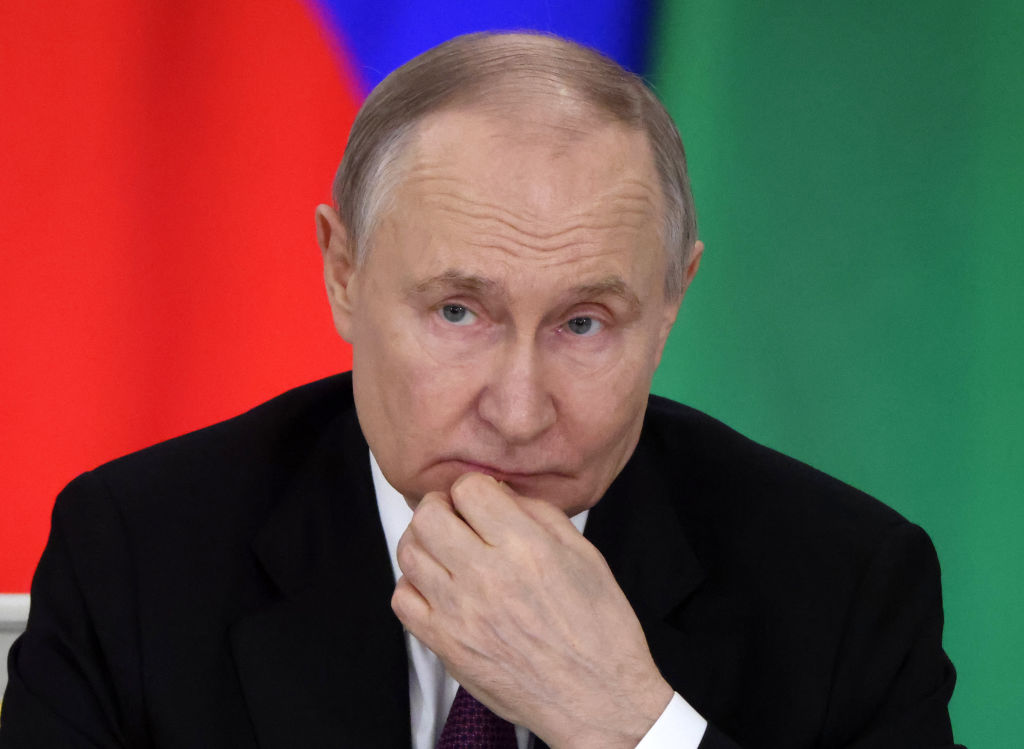






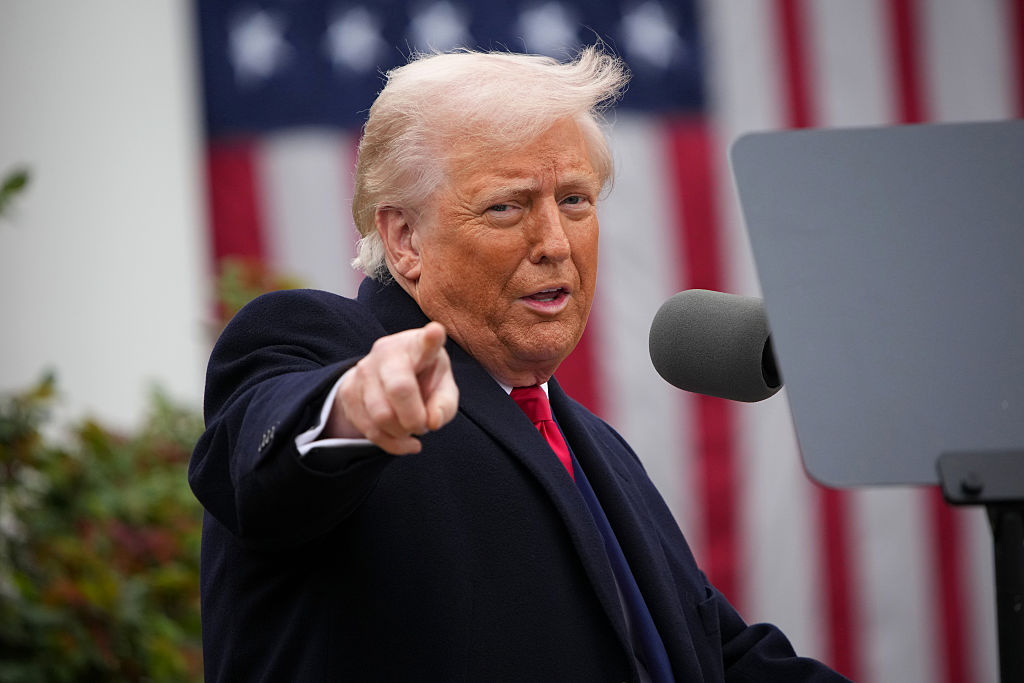
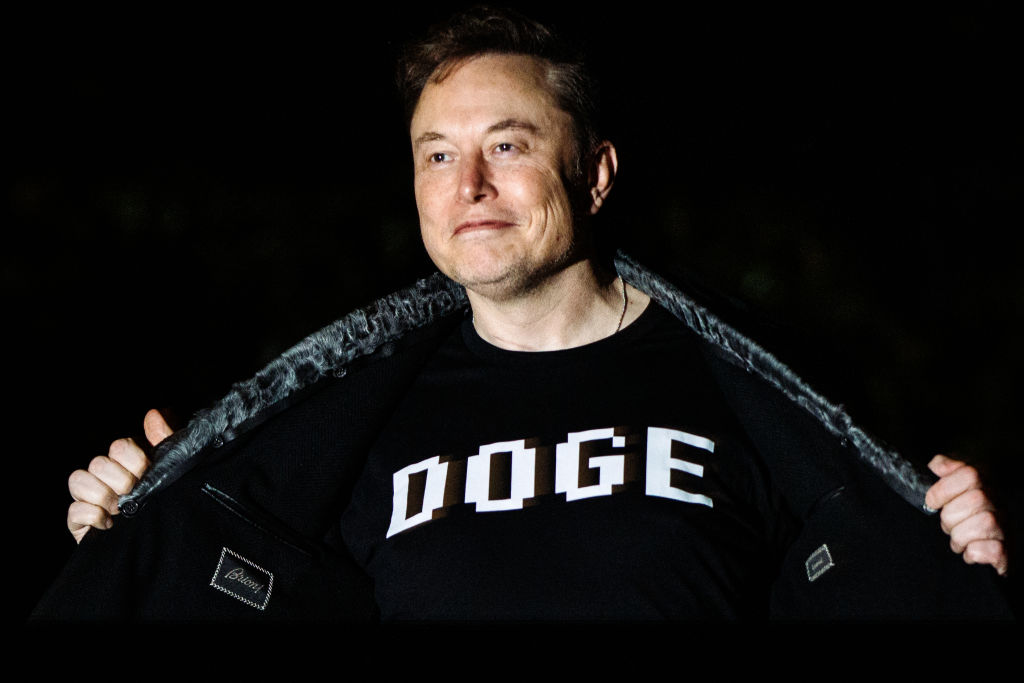
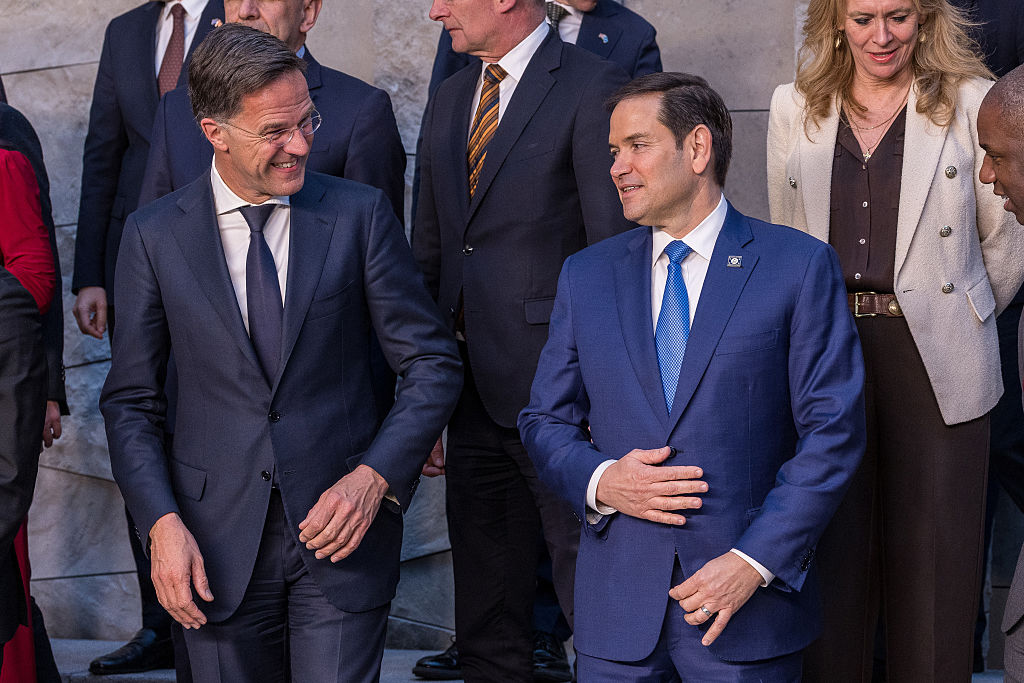


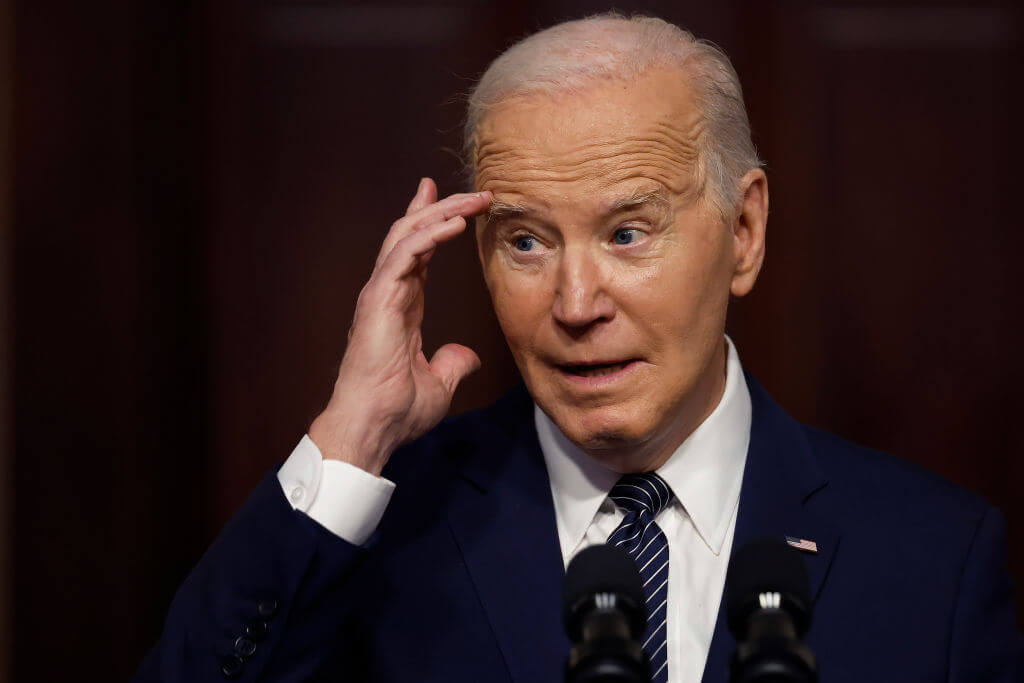


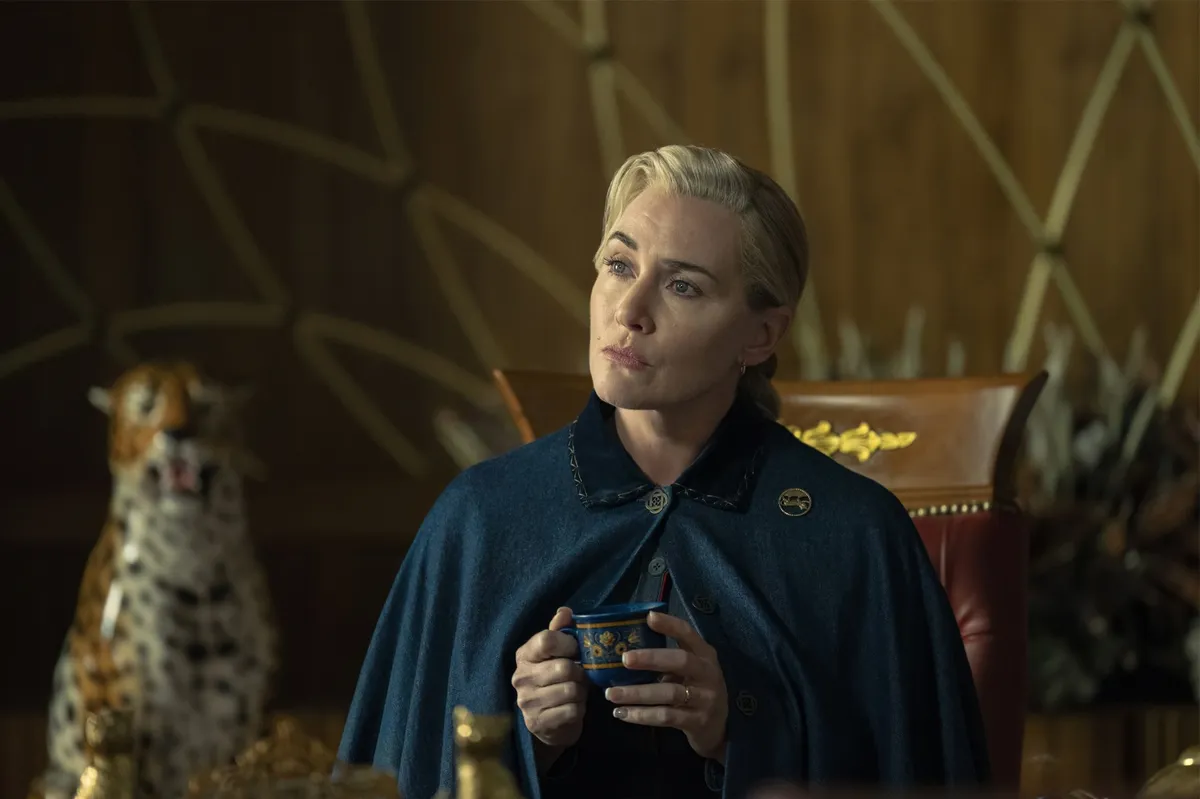
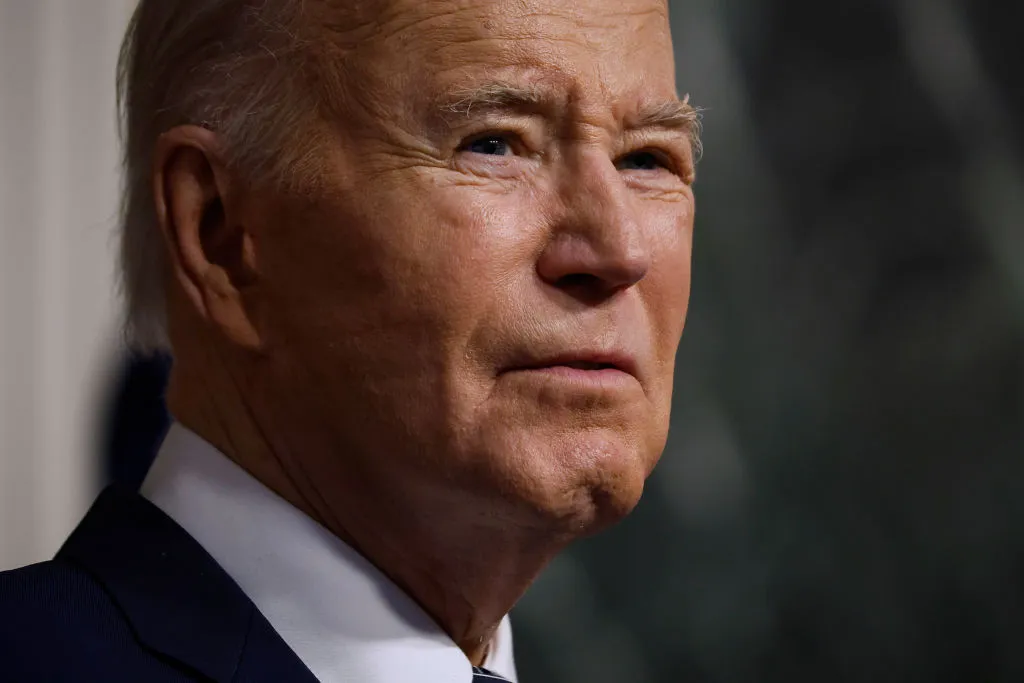

Leave a Reply